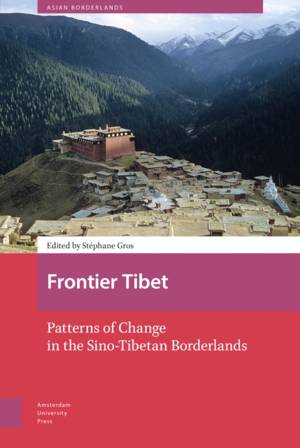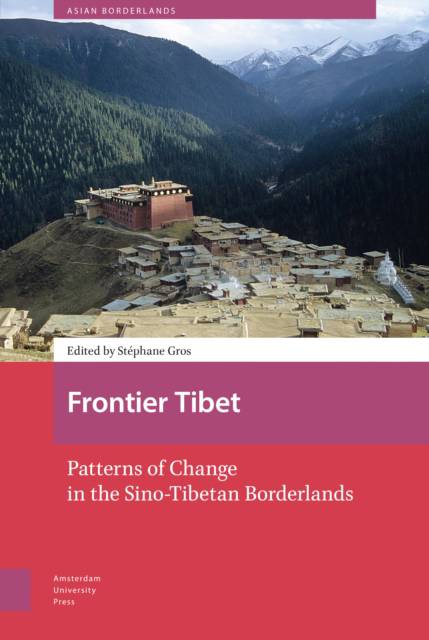
- Afhalen na 1 uur in een winkel met voorraad
- Gratis thuislevering in België vanaf € 30
- Ruim aanbod met 7 miljoen producten
- Afhalen na 1 uur in een winkel met voorraad
- Gratis thuislevering in België vanaf € 30
- Ruim aanbod met 7 miljoen producten
Frontier Tibet
Patterns of Change in the Sino-Tibetan Borderlands
Omschrijving
Frontier Tibet: Patterns of Change in the Sino-Tibetan Borderlands addresses a historical sequence that sealed the future of the Sino-Tibetan borderlands. It considers how starting in the late nineteenth century imperial formations and emerging nation-states developed competing schemes of integration and debated about where the border between China and Tibet should be. It also ponders the ways in which this border is internalised today, creating within the People's Republic of China a space that retains some characteristics of a historical frontier. The region of eastern Tibet called Kham, the focus of this volume, is a productive lens through which processes of place-making and frontier dynamics can be analysed. Using historical records and ethnography, the authors challenge purely externalist approaches to convey a sense of Kham's own centrality and the agency of the actors involved. They contribute to a history from below that is relevant to the history of China and Tibet, and of comparative value for borderland studies.
Specificaties
Betrokkenen
- Uitgeverij:
Inhoud
- Aantal bladzijden:
- 554
- Taal:
- Engels
- Reeks:
Eigenschappen
- Productcode (EAN):
- 9789463728713
- Verschijningsdatum:
- 17/12/2019
- Uitvoering:
- Hardcover
- Formaat:
- Genaaid
- Afmetingen:
- 160 mm x 236 mm
- Gewicht:
- 898 g

Alleen bij Standaard Boekhandel
Beoordelingen
We publiceren alleen reviews die voldoen aan de voorwaarden voor reviews. Bekijk onze voorwaarden voor reviews.








